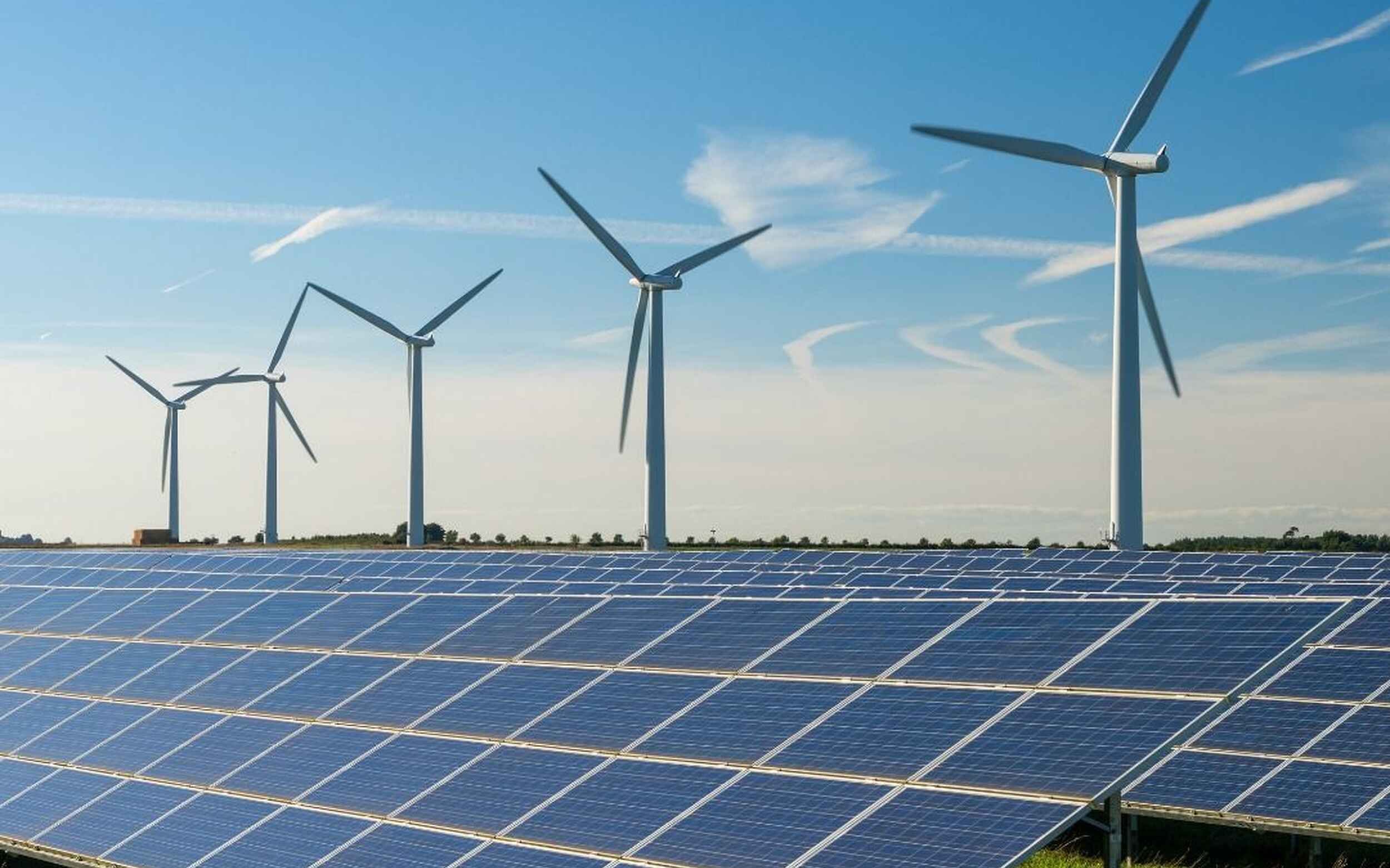As international developers of utility-scale renewable energy, we view the question "how much renewable energy does the UK use" as a query with two distinct, and equally important, answers.The first answer relates to electricity generation, the metric most commonly cited and where the UK has become a global success story.
The second, more technical answer relates to total final energy consumption (TFEC), which includes the much more challenging sectors of transport and heating.To provide a comprehensive and expert answer, we must analyze both. For the most commonly understood query the data is definitive: in 2023, renewable sources generated a record 47.3% of the UK's total electricity.
The Core Data: UK Renewable Electricity Generation
The 47.3% figure for 2023, as reported by the UK's Department for Energy Security and Net Zero (DESNZ), represents a monumental shift. To put this in perspective, as recently as 2010, this share was only around 7%. This rapid transformation has been driven by deliberate policy, technological maturation, and significant capital investment.
This near-halving of electricity-based carbon emissions in just over a decade is one of the fastest energy transitions of any major global economy. However, this headline number is a composite of several different technologies, each playing a distinct role.
Unlike other nations that may have a more balanced mix, the UK's renewable electricity story is dominated by one primary technology: wind.
Wind power is, by a significant margin, the backbone of the UK's renewable generation. This is a direct result of the UK's geographic advantages and a long-term strategic decision to lead in offshore wind. While onshore wind provides a substantial amount of power, it is the massive, utility-scale offshore wind farms in the North Sea that have truly defined the UK's energy transition. The UK is home to some of the world's largest offshore wind projects, and this sector is the primary reason it has been able to displace traditional fossil fuels like coal so effectively.
The second-largest contributor to the UK's renewable electricity mix is bioenergy, primarily from the large-scale combustion of biomass (such as wood pellets). From our technical perspective, the primary value of bioenergy is that it is dispatchable—meaning it can be turned on and off to meet demand, much like a gas plant. This provides critical grid stability that intermittent sources like wind and solar cannot. While this technology is not without its ongoing sustainability debates, its role in firmly displacing coal from the grid has been significant.
Solar and hydropower play important, though smaller, supporting roles. Solar power's contribution is growing, but it is naturally limited by the UK's lower solar irradiance (the strength of sunlight) compared to other regions. Its primary growth is in distributed, rooftop systems rather than utility-scale farms. Hydropower, conversely, is a mature technology that is geographically constrained to specific areas (like the Scottish Highlands) and offers little room for new large-scale expansion.
The Critical Distinction: Generation vs. Total Energy Consumption
Now we must address the second, more comprehensive answer. The query "how much energy does the UK use" technically includes the energy consumed by transport (cars, trucks, and aviation) and heating (mostly for buildings).
These sectors are far more difficult to decarbonize and remain heavily reliant on fossil fuels.
Transport is still overwhelmingly powered by petroleum products.
Heating is dominated by natural gas boilers.
When we look at the share of renewables in total final energy consumption, the percentage is far lower hovering around 17-18%. This figure reveals the true nature of the UK's next challenge. While the country has been wildly successful in cleaning its electricity grid, it must now find solutions for the persistent, harder-to-abate emissions from heat and transport.
Our Expert Conclusion
To answer the query directly: Renewable energy provided 47.3% of the UK's electricity in 2023. This is a world-leading figure, driven primarily by a powerful and strategic bet on wind power, especially offshore.
From our expert perspective, the UK is a case study in the successful decarbonization of an electricity grid. The next, and more complex, phase of its energy transition will be applying that same focus to the challenging heat and transport sectors, where our own work in technologies like green hydrogen and thermal storage will be critical.
Resources
UK Department for Energy Security and Net Zero (DESNZ): https://www.gov.uk/government/organisations/department-for-energy-security-and-net-zeroNational Grid ESO: https://www.nationalgrideso.com/data-portalEmber - UK Data: https://ember-climate.org/countries-and-regions/countries/united-kingdom/
